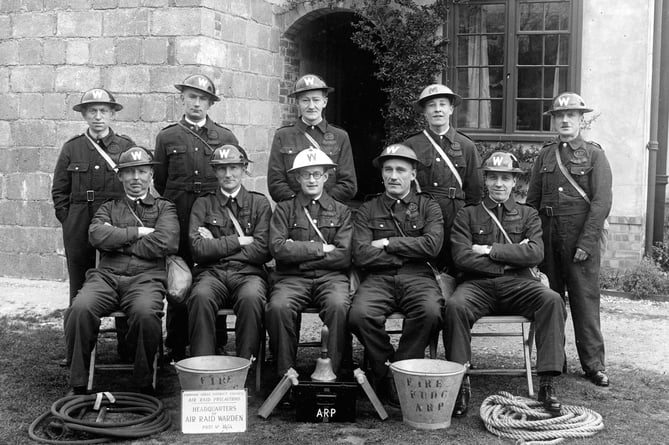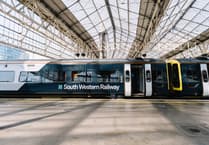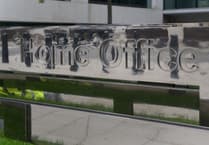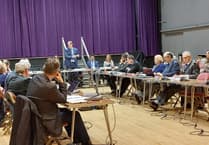The photograph of Farnham’s Second World War ARP team (pictured) caused quite a bit of head scratching among our readers – but it’s also turned up a few answers.
Tony and Tina Austin got in touch to identify one of the members. They write: “We believe the man seated in the middle is CB Austin (of Bartlett and Austin the opticians in West Street).
“We know he was an air raid warden and at that time lived at 20 Waverley Lane. Although we don’t have a copy of the photograph, the family likeness is uncanny.
“According to our copy of Jean Parratt’s Farnham by the Wey, page 55, they are the Bridgefield, Fairfield and Darvill’s Lane Section, Sector 18A, and are sitting in the garden of Mr Scott’s house, which doubled as their HQ, and it looks as though a temporary wall has been built for protection around one of the windows of the house.”
According to the 1948 edition of the Herald’s Directory for Farnham, a Mr HA Scott lived at ‘Kaama’, 34 Bridgefield. I wonder if readers can confirm if the identification fits that address today? Of course, even if the house hasn’t been remodelled, I’m sure the wall will have been removed from in front of the window.
Pete Andrews took up the challenge of identifying the location, too. Through National Archives records he managed to trace where many of the Farnham-based units, both military and civil defence, had their headquarters.
The ARP Headquarters was 3 Union Road, Farnham – I have a feeling that was probably in the original Gostrey Club, perhaps sharing the Nissen hut with the British Restaurant.
Pete continues: “Canadian Section 2nd GHQ Echelon moved to Farnham from Bordon in October 1941, NCOs and Ors mess at the Holly Bush with a gas chamber at the rear (for respirator practice). The officers’ mess was possibly at Melville House. Some sections were at 112 West Street. They also used Wilmer House, where the rear garden was restored.
“The rectory was identified as possible for use by the paymaster but it’s not clear if it was used. Lawday House is also mentioned. Nissen huts at the rear of Vernon House were used for NCOs’ recreation. The house may have been used for clerks (now, of course, Farnham Library). Expanded into Hussey House and The Institute (a large building, formerly a club, possibly the Central Club in South Street).
“Moved to Aldershot in May 1943. In a chart setting out telephone communications, Lawday House is a sector HQ ‘FP’, and Bush Hotel was a reporting centre. Vernon House was used in 1940 by Fife and Forfar Yeomanry, as was the Newnham guest house next door.
“The Yeomanry’s A, B and C Squadrons seem to have been quartered in Runfold. They seem to have called the Bush Hotel the ‘Bust Hotel’...not sure if that’s a typo! They caught a suspected Nazi sympathiser signalling at night from the Hogs Back. No record of what happened afterwards or whether it was proven.”
The last is an interesting little mystery that perhaps other readers might be able to shed some light on? However, returning to the ARP, Phil Dunford believes the ‘M’ on one of the helmets denotes the wearer as a messenger – and that has been confirmed by others.
This group was not the only ARP photograph among Jean Parratt’s collection and we feature here a selection of the Farnham team in action. I think this is a training exercise on a bombed property somewhere in the Farnham area.
Unfortunately the map of the town showing where bombs fell seems to have been mislaid, as I’ve mentioned before, so we don’t know exactly where this is.
Jean had thought it might have been in Firgrove Hill or Searle Road but the design of the house in the photographs is different to the one we know was damaged there.
However, there may have been others – perhaps readers again may be able to help.
It seems to have been quite a precarious extraction route from the damaged building. If this was a training exercise I wonder who the brave person was who acted as the ‘casualty’?




